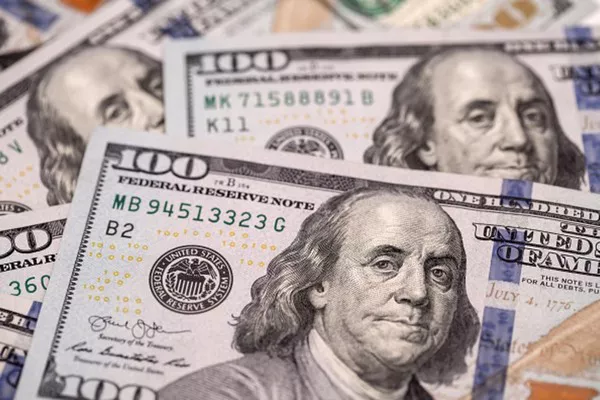Dollar bills are a fundamental part of the United States currency system, each representing a specific denomination. While most people are familiar with common denominations like the $1, $5, $10, and $20 bills, there exists a lesser-known category of exceptionally high-value dollar bills. In this article, we will delve into the intriguing world of U.S. currency to uncover the answer to the question: What is the biggest dollar bill in the US? By exploring the history, design, and significance of these rare notes, we aim to provide a comprehensive understanding of the largest denomination in the U.S. currency system.
The History of High-Denomination Currency
1. The Need for Large Denominations
High-denomination currency was originally introduced to facilitate large financial transactions and simplify the movement of large sums of money. These notes were often used for transactions between banks, businesses, and government entities.
2. The Late 19th and Early 20th Centuries
During the late 19th and early 20th centuries, the U.S. Treasury issued high-denomination notes, ranging from $500 to $100,000. These notes featured intricate designs and portraits of prominent historical figures.
The Largest Denomination: The $100,000 Bill
1. The $100,000 Bill’s Design
The largest denomination of U.S. currency is the $100,000 bill, often referred to as the “one hundred thousand dollar gold certificate.” Issued only as a gold certificate and not for general circulation, this note features an impressive design with intricate details.
2. Portrait and Design Elements
The $100,000 bill features a portrait of President Woodrow Wilson, who served as the 28th President of the United States. The design also includes elaborate engravings and patterns, making it a masterpiece of currency artistry.
Limited Circulation and Collectibility
1. Non-Circulating Currency
The $100,000 bill was primarily used for large transactions between Federal Reserve Banks and was never circulated among the general public. It played a role in interbank transfers and settling accounts between financial institutions.
2. Rarity and Value
Due to its limited circulation and specific use, the $100,000 bill is exceedingly rare and highly sought after by collectors. These notes are considered numismatic treasures and often command significant prices in the collector’s market.
The End of Large-Denomination Currency
1. Discontinuation of Production
In 1945, the U.S. government officially discontinued the production of high-denomination currency due to advancements in electronic banking and changes in financial practices.
2. Legal Tender Status
Although high-denomination notes are no longer produced, they remain legal tender and can be redeemed at face value. However, their rarity and historical significance often make them more valuable to collectors than their face value.
Collectors and Historical Significance
1. Numismatic Interest
Collectors and numismatists are drawn to high-denomination currency for its historical significance, intricate designs, and rarity. Owning a piece of U.S. currency history allows collectors to connect with the past and appreciate the artistry of these notes.
2. Museums and Exhibitions
Several museums and exhibitions dedicated to currency and monetary history showcase high-denomination notes, allowing the public to learn about their role in the financial landscape of the United States.
Conclusion
In conclusion, the biggest dollar bill in the U.S. is the $100,000 bill, featuring President Woodrow Wilson on its design. While these notes were never circulated among the general public, they hold immense value and historical significance as numismatic treasures. The era of large-denomination currency has come to an end, but the legacy of these notes continues to captivate collectors and enthusiasts alike. By exploring the history, design, and rarity of the $100,000 bill, we gain insight into a lesser-known aspect of U.S. currency that reflects the evolution of financial practices and the artistry of currency design.


